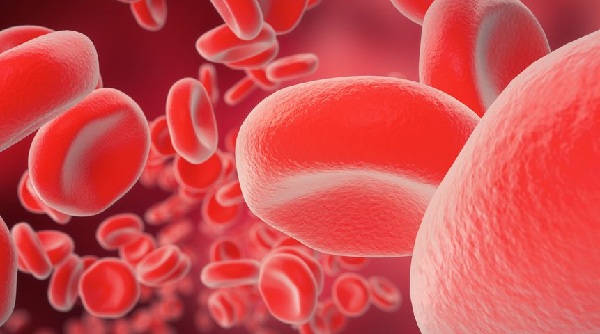DISCLAIMER
The information and materials accessed through or made available for use on any of our Sites, including, any information about diseases, conditions, treatments, or medicines, are for informational purposes only. The Content is not intended to be and is not a substitute for professional medical advice, diagnosis, or treatment, and your participation on our Sites does not create a healthcare professional-patient relationship. You should consult a doctor or other qualified health care professional regarding any questions you have about your health or before making any decisions related to your health or wellness. Call your doctor or 911 immediately if you think you may have a medical emergency.compose your message
message sent
email sent successfully
Trusted Resources: News & Events
Latest announcements and gatherings
NHLBI Stepping Up Efforts to Apprise SCD Patients of Therapies and Trials
Wide interest in a CBS 60 Minutes story about a Florida woman with sickle cell disease (SCD) whose symptoms were eased through gene therapy has prompted the National Heart, Lung, and Blood Institute (NHLBI) to raise awareness of other work the National Institutes of Health (NIH) is doing in this disease.
In the March TV segment, Jannelle Stephenson shared her experience of recovery after receiving genetic treatment as part of an ongoing NIH Phase 1/2 clinical trial (NCT02140554). That study is evaluating the safety and efficacy of the investigational gene therapy LentiGlobin in severe sickle cell anemia.
Developed by Bluebird bio, the therapy is designed to raise patients’ long-term hemoglobin levels. Hemoglobin is the molecule that transports oxygen in red blood cells. Researchers extracted stem cells which have the ability to develop into many different cell types in the body — from people with severe sickle cell anemia and injected them with LentiGlobin BB305 viral vector that carries the modified human beta-A-T87Q globin gene. The treated cells were then delivered back into the patients where they started to produce the hemoglobin (HbAT87Q).

 +myBinder
+myBinderRelated Content
-
news & eventsBluebird bio acquires Durham, NC, manufacturing site for lentiviral vector productionbluebird bio said today it has acquired ...
-
news & eventsExperimental Gene Therapy Reverses Sickle Cell Disease for YearsA study of an investigational gene thera...
-
news & eventsSCDAA News Advisory: SCDAA Statement on Exa-cel Gene TherapyOn October 31, 2023, the Food and Drug A...
-
news & eventsProlong Pharma’s Sanguinate Shows Promise in Reverting Shape of Red Blood Cells in SCDProlong Pharmaceuticals’ investigation...
-
news & eventsSickle Cell Patient Receives CRISPR Gene TherapyMany human diseases can be traced back t...
-
news & eventsConversation With Women in the Sickle Cell CommunitySickle Cell Project of NW Ohio at Neighb...
-
education & researchGeographic Differences in Phenotype and Treatment of Children with Sickle Cell Anemia from the Multinational DOVE St...Background: Sickle cell anemia (SCA) is ...
send a message
To improve your experience on this site, we use cookies. This includes cookies essential for the basic functioning of our website, cookies for analytics purposes, and cookies enabling us to personalize site content. By clicking on 'Accept' or any content on this site, you agree that cookies can be placed. You may adjust your browser's cookie settings to suit your preferences. More Information
The cookie settings on this website are set to "allow cookies" to give you the best browsing experience possible. If you continue to use this website without changing your cookie settings or you click "Accept" below then you are consenting to this.
Support for this site is provided by

This platform is made possible through a partnership with the Sickle Cell Disease Association of America, Inc. (SCDAA) and its member organizations. SCDAA's mission is to advocate for people affected by sickle cell conditions and empower community-based organizations to maximize quality of life and raise public consciousness while advancing the search for a universal cure.




